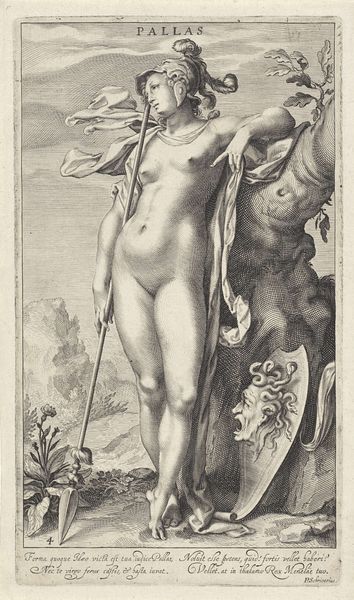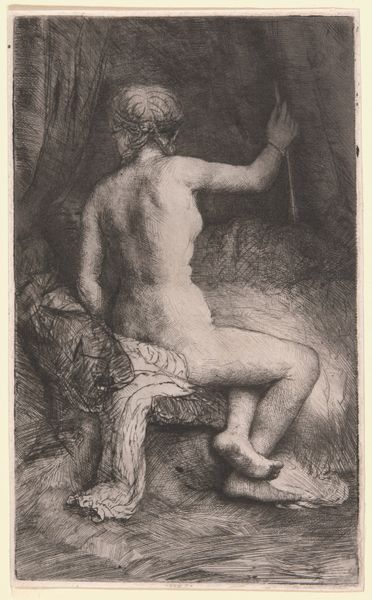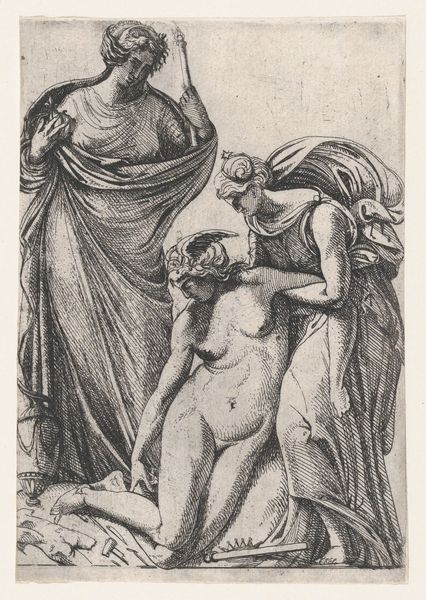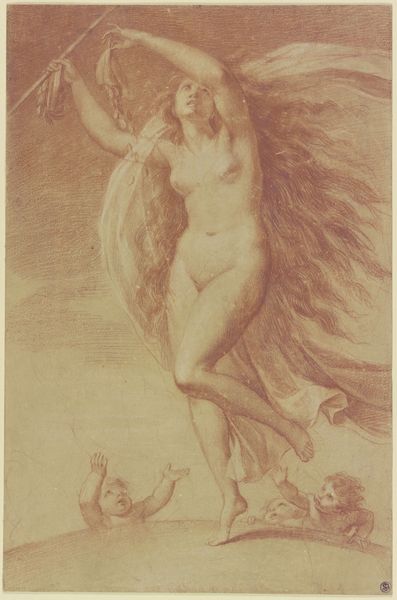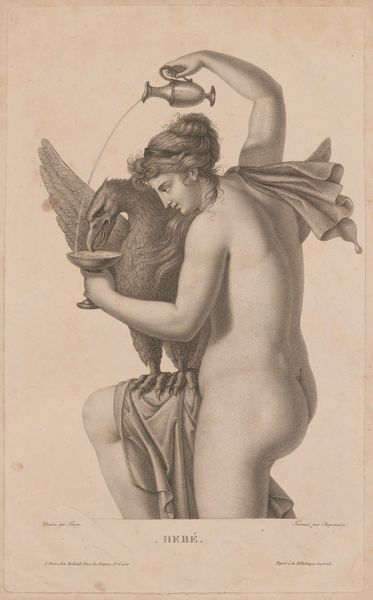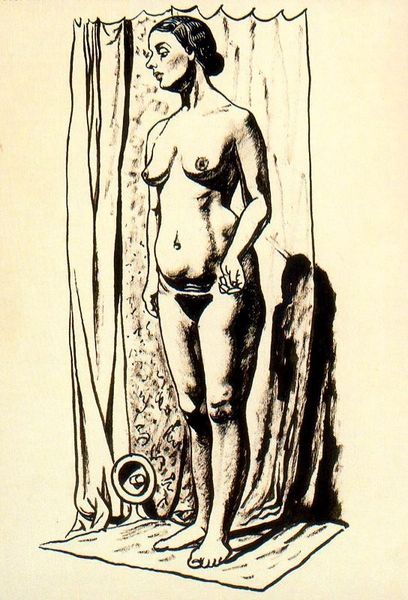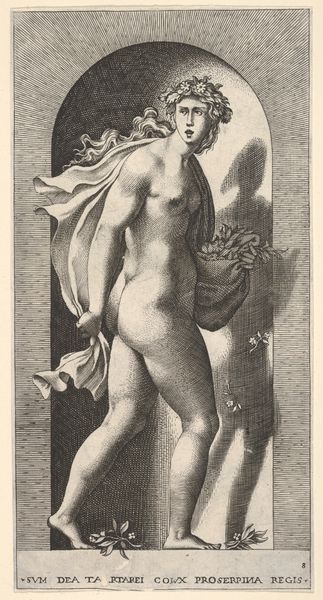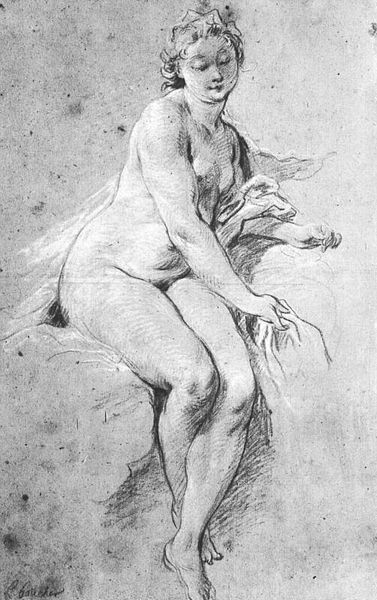
drawing, pencil
#
drawing
#
allegory
#
figuration
#
romanticism
#
pencil
#
academic-art
#
nude
Copyright: Public domain
Editor: Here we have "The Aurora," a pencil drawing by William Bouguereau. It's really striking. I'm drawn to how the figure seems to float, and the draping fabric adds to that sense of ethereal beauty. What can you tell me about this piece? Curator: Well, looking at this through a historical lens, we see Bouguereau engaging with a long tradition of allegorical depictions of mythological figures. The Aurora represents dawn. These idealized nudes were incredibly popular and influential in the 19th century, reflecting societal values surrounding beauty, nature, and even ideas about national identity. But I wonder, who did these images serve? Editor: That's interesting. I guess I never really thought about who the intended audience was. Curator: Exactly. Think about the institutions that displayed these works – the salons, the academies. They were predominantly spaces for a privileged, male gaze. This artwork and its imagery helped construct a very specific version of femininity and power. Can we separate its beauty from the implications of such image making? Editor: So, you're saying the beauty is undeniable, but it's essential to also question the power dynamics and social context embedded in the piece? It kind of changes my initial impression, for sure. Curator: Precisely! It invites a more critical look at beauty standards of the time. Romanticism wasn't simply about aesthetic beauty; it actively contributed to shaping societal norms, particularly about the female figure and how it should be represented. Editor: This really gave me a fresh look into Bouguereau's artwork! Curator: And hopefully, helps us remember art has more than an aesthetic value and is actually intertwined with our beliefs, desires, and also with power.
Comments
No comments
Be the first to comment and join the conversation on the ultimate creative platform.

